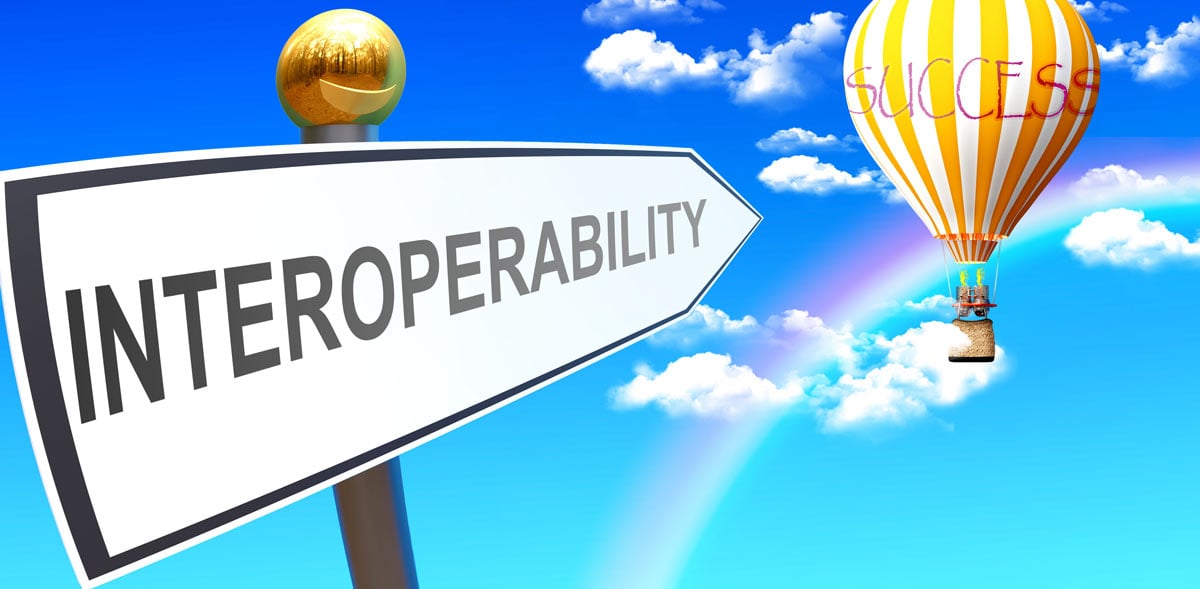In the fast-paced realm of educational publishing, content development and production teams consistently face the challenge of delivering high-quality educational products that effectively engage learners. This must be achieved in a manner that is both scalable and cost-effective. However, traditional publishing processes frequently involve time-consuming, manual tasks that consume resources while offering limited value, diluting energy that could focus on innovation and differentiating learning products.
Key questions are, “What can and should be automated?” and, “What can't or shouldn’t be subjects of automation?”
Creating cutting-edge learning products to help learners learn faster while retaining more is the goal of every educational publisher. While automating the low value-add tasks is important to optimize costs and accelerate time to market, it’s also important to ensure that human expertise isn’t fully removed from the design process. The ideal balance is to have the heavy lifting, but “generic,” and often repetitive design work automated, so your teams can focus more on the higher value-add tasks that actually help your products stand out in a very competitive market landscape.
Focusing your time on high value adjustments, while you automate the low value adjustments, ensures that your teams’ “Return On Effort” is maximized.
Let’s take a closer look at examples of low value, high volume adjustments versus the higher quality adjustments typically involved in educational publishing
Reduce the sheer number of adjustments with automation
An enterprise CMS such as GT’s streamlines production processes by automating repetitive tasks and providing a standardized starting point for final design and formatting. Efforts made creating designs can be retained and reused globally across projects. This means that the majority of the design work is done once, reducing the need for extensive adjustments in other production tools. Imagine tables appearing where (and how) they should, images aligning perfectly, and text effortlessly conforming to your desired layout instantly, even while your content is being written. These are just some of the repeatable actions that the GT platform enables.
By automating the majority of the design and formatting work, GT’s platform allows content development and production teams to work smarter, not harder.
Focus more on the qualitative enhancements
While automation can handle the bulk of production processes, there's still a crucial role for human expertise. The remaining work is applying quality finishing touches that automation can't replicate.
For instance, an expert in color theory can optimize the color combinations used to evoke specific emotions or reactions from the reader. While automation can adhere to brand colors, a designer can go beyond this, tweaking shades or gradients to align with the content's context and tone. Similarly, while a template can provide a consistent layout structure, there might be certain sections of content that benefit from a unique layout to emphasize their importance or uniqueness. Or, while creating derivative projects, designers may change visual elements, colors, or even the layout style to better resonate with a specific audience and ensure that the design is culturally sensitive, accessible, and appropriate.
In this way, GT empowers content production teams to focus their post-automation efforts on elevating products and designs beyond standard outputs. This means you're not spending time 'correcting' automated outputs, but rather enhancing the quality of the final product.
Yeah, but what about print products?
If your enterprise CMS supports simultaneous print and digital workflows, as GT’s does, then you're still ahead of the game with your print products as well. Although some rework is inevitable with print, your production team starts with a stronger foundation, requiring fewer adjustments. Once again, this efficiency saves you significant time, allowing you to focus on the improvements and innovations that truly elevate your educational products and differentiate them from the competition.
For example, traditional print publication flows require design confirmation and application for every product, regardless of whether the core design changes or not, perpetuating redundancy and inefficiency. GT’s platform eliminates this hassle, making best-in-class design a given for every project, so your team is spending time wisely: on qualitative enhancements that cannot be automated.
 Conclusion
Conclusion
By automating the low-value, mundane design tasks, your content development teams can focus on what truly matters — the excellent content and unique designs that can only result from manual touches. The GT platform ensures that your design, accessibility, branding, and presentation standards are consistently met, freeing teams to concentrate on delivering the best possible content tailored to their audience's needs.
With GT’s platform, you're not only streamlining your workflow but also maximizing your "return on effort." Say goodbye to repetitive tasks, endless adjustments, and wasted resources. Instead, say hello to a future where your team can dedicate more time to innovating, creating, and delivering educational products that truly stand out from the crowd.






Leave a comment